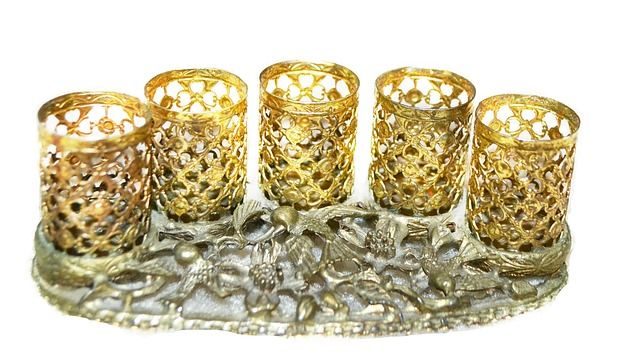Man’s obsession with metals began in the ancient times. One of the first metals they had discovered was copper. At the time, they were completely clueless about the full potential of this metal, until they accidentally mixed it with other metals. That’s when they learned that metals can be combined together to create different kinds of material of better properties. In fact, such discovery became so influential it instigated an entirely new field of study called metallurgy, which later became one of the biggest and longest running industries on the planet.
One of the first metals man learned to combine with copper is zinc. Doing so, they were able to create a harder, shinier, and more durable metal known today as brass. This metal possesses a great deal of unique features that benefit myriads of industries from construction to electronics. As manufacturing technology evolved, so did the types and quality of brass. Metalworkers experimented on different mixtures to make brass more resilient or more appropriate for certain applications.
Today, there are over 60 types of brass available on the market. Each one has a unique set of properties that are useful for specific applications. Here are the most popular types of brass you can choose from if you’re planning to utilize this metal for your project.
Admiralty Brass
Although tough, metals are not invincible. Their number one enemy is corrosion. As for brass, the type of corrosion that can really take a toll on its stability as a material is dezincification. This corrosion selectively leaches out zinc from brass, leaving copper and other materials added to the alloy, which significantly affects the metal’s mechanical strength. To inhibit dezincification, metallurgists reduced the amount of zinc to 30 percent and added 1 percent of tin. This dezincification-resistant metal is called admiralty brass. With this new property, admiralty brass is perfect for making steam condenser tubes and heat exchangers in oil refineries.
Muntz Metal
Brasses that have 35 to 45 percent zinc content are categorized as alpha-beta. Muntz metal is one of the alpha-beta brasses that exhibit high corrosion resistance. With 60 percent copper, 40 percent zinc, and a few traces of iron, this alloy is stronger, harder, and more rigid than other forms of brass. Expert metallurgists say Muntz metal is well suited to hot forging, pressing, and stamping, and is readily soldered and brazed.
Aluminum Brass
This brass contains about 76 percent copper, 22 percent zinc, and 2 percent aluminum, hence the name. Although copper is resistant to corrosion, it is not that tough when exposed to potent substances, such as salt. Aluminum, on the other hand, is quite a hardy metal, and has higher corrosion resistance when exposed to certain fluids. Just 2 percent of it in the mix can make brass ultra-resistant to seawater, making aluminum brass a good material for maritime applications. It is also the material that makes up most Euro coins or Nordic gold.
Manganese Brass
Flexible enough, brass can be combined with manganese as well. At a ratio of 70 percent copper, 29 percent zinc, and 1.3 manganese, brass can have better fatigue strength and resistance to wear and tear caused by heavy load. Manganese brass outperforms other special types of brass and bronze, and the preferred material for the golden dollar coins of the United States.
The next time you’ll use brass for your project, be it for construction or decoration, make sure that you know the different types of brass sales available on the market. This way you can choose exactly the type that can meet all your needs. Suppliers like Rotax Metals can guide you through the different options and even give helpful advice on making the right choices for certain conditions.
Sources:
Dezincification, corrosionpedia.com
Muntz metal, britannica.com


